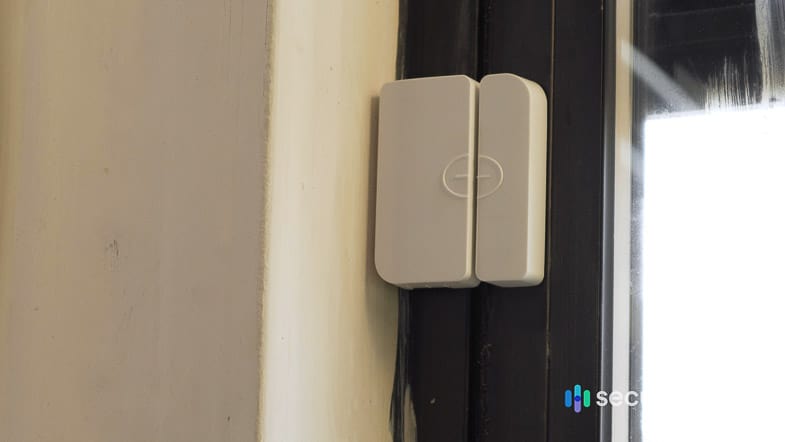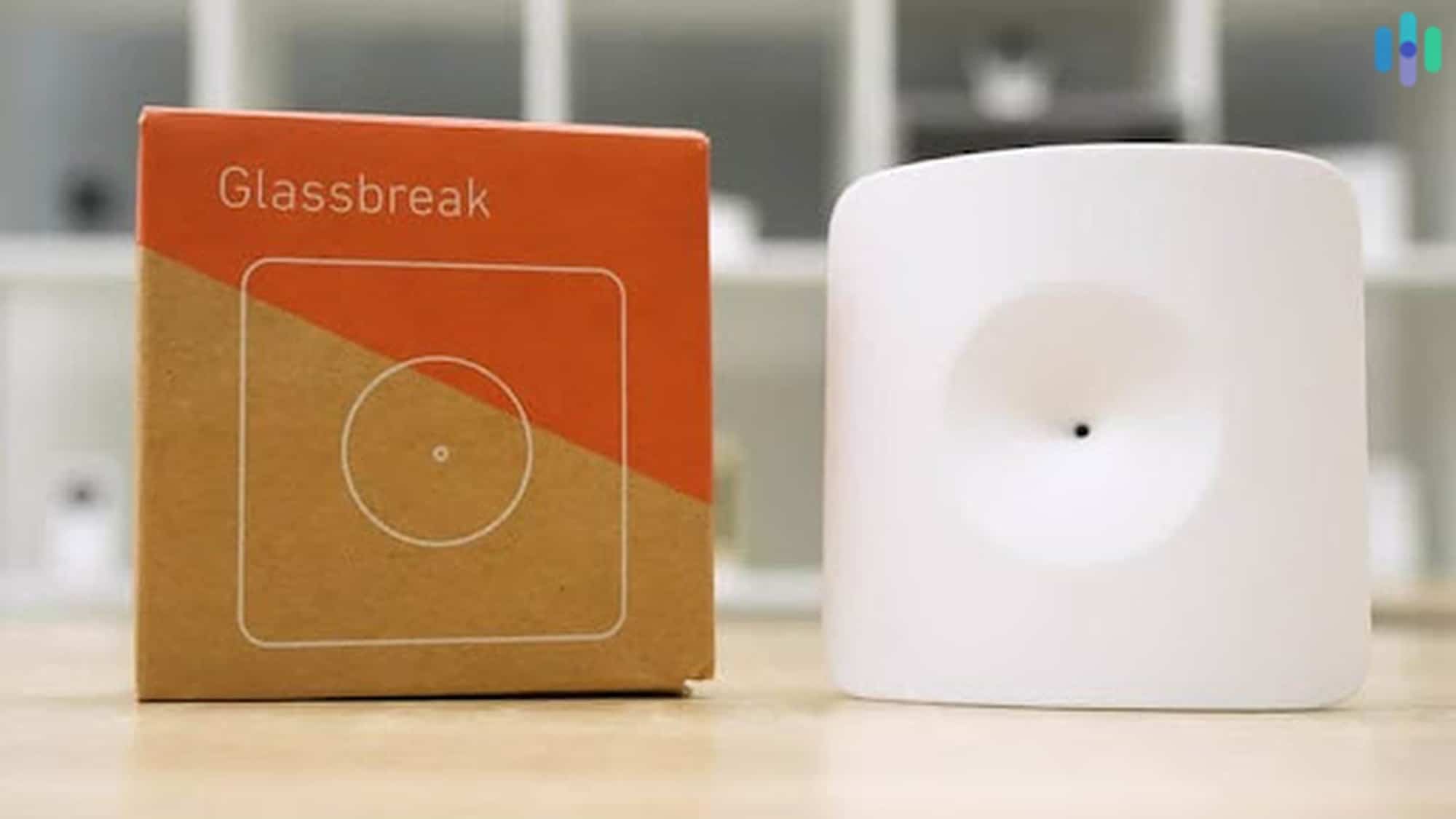Defensive Landscaping: Using Plants For Protection
When people think of outdoor security, things like security cameras, fences, and guard dogs are usually the first things that come to mind. What doesn’t come to mind are plants.
Of course, we’re not talking about plants that shoot out peas and thorns like in the hit game Plants vs. Zombies. We’re talking about simple landscaping, utilized strategically in such a way that deters burglars and thieves. It makes your yard look pretty, attractive, and green, but keeps the bad guys out at the same time. How do you do it? Let’s find out.
Defensive Landscaping: How To Get Started
The first part of defensive landscaping is simple: make sure you get rid of all the hiding places. That means that you don’t have hedges running against solid-fence lines, which provide lovely play tunnels for children but are also sneaky avenues for those with ill intent towards you and your property.
As pretty as it may look to have tall, flower-bearing bushes lined up against the exterior wall of your house, it’s also not advisable to have them. Not only do they provide stalkers a great hiding place to peek inside your windows, burglars can also use them as cover to get close to your house and open or break a window. It’s best to mow those bushes down.
Defensive Landscaping Tips
After you’ve ridden your yard of its hiding places, we have a few more suggestions to use plants to your advantage.
Get Rid of Trees Near Second Story Windows
You also don’t want any trees near your home that could provide access to an unguarded second-story window. And be generous with your imagination: burglars can shimmy easily, or maybe use that ladder you have propped within reach against the shed. It’s probably best to keep all trees at a safe distance from your home, or all limbs trimmed back and away from the house. This is also a good tip to avoid home damage from high winds, to boot.
Don’t Put Trellises Against Walls
The same goes for trellises. Trellises are pretty. Trellises are nice. But trellises can let someone climb from the ground into a second-story window. We should know: we did it once as teenagers when we forgot our house key. Keep trellises away from your house, or at least don’t place them against walls.
Use Plants To Repel Intruders
So there are obviously a lot of ways you keep your plants from being a security liability. But how do you make them a security advantage? Well, according to Gardening Know How,1 “placing plants with possibly harmful attributes in weak areas of the yard intimidate, repel and prevent intruders.” Let’s get into more detail.
- Hedges: Think of your hedge as a moat. You want a tight hedge that people don’t want to get through. And while a hedge won’t stop the most determined thief, it will give many of them pause — especially if the only entrances through the hedge are set with motion-lights and CCTV cameras, or any type of outdoor security camera, for that matter.
- Holly: Holly grows into dense bushes and hurts like hell, which is why so many people keep it under their front windows. Blackberries in particular will grow into a tight hedge fairly quickly, with small thorns that cling and rip; plus, you get some berries, which never hurts. You will want to prune your holly, however, as it grows fast, and bird consumption and excretion of those berries will have satellite hedges popping up all over the property. In other words, holly can be too much of a good thing, if you aren’t careful.
- Bougainvillea: Bougainvillea, according to Popular Mechanics,2 can grow to be 40 feet long and sports dangerous sap as well as thorns and pretty flowers. There are many other plants you can use depending on your climate and needs; if you’re interested, consult a local nursery.
- Roses: Then there is, as always, the humble rose. You can certainly grow a hedge of them; we recommend a climbing variety woven through some airy fencing, something that requires little maintenance. We have a lovely little climber that protects the side of our driveway. Anyone attempting to get over that fence is going to get some nasty, nasty thorns. But you can also use roses as spot-treatment to keep the nasties away; one plant under a vulnerable window, especially a varietal with giant thorns, makes that window vulnerable no more.
- Cacti and agave: If you live in the desert, of course, you have a whole host of defenses available to you that the rest of us don’t: cacti and agave. Sure, they grow slowly. But plant some agave under your windows and see how easily crooks can penetrate them.
How Else Can I Protect My Home?
Obviously, your plants are not going to be the only thing that keeps would-be intruders away. But when combined with other home security, they’ll definitely help. Here are some components we recommend for outdoor home security specifically.
Outdoor Cameras
It’s important to install outdoor cameras with either color or infrared night vision so you can see clearly even in total darkness. WiFi-connected cameras will let you view the live feed at any time, and some will even notify you when they spot a person.
When picking an outdoor security camera, look for ones with a wide viewing angle, good night vision range (or a built-in smart light like the Spotlight Cam from Ring), and smart detection features that can help you monitor human, vehicle, and animal movement within your yard.
>> Related: The Best Outdoor Security Cameras

Entry Sensors
Put entry sensors on all of your ground floor doors and windows, and, if you have trees near your home, your second and third floor windows, as well.

Glass Break Sensors
Rather than opening your windows and doors, some intruders prefer to break through glass windows so as to not disturb entry sensors. Fortunately, glass break sensors cover this gap, alerting you if they detect the sound of glass breaking.

Video Doorbell
Finally, a video doorbell lets you see and speak to whoever’s at your front door, day and night. These are also super helpful to protect you from package theft, an increasingly common problem for homeowners and renters alike.

In Conclusion
While there are some ways you can use plants to up your home’s security, ultimately it isn’t protected without a smart home security system. But, as they say, Rome wasn’t built in a day, and making your home into a fortress with plants is the first step.
Gardening Know How. (2020). Defensive Shrubs For Landscaping: Tips For Using Shrubs With Thorns.
gardeningknowhow.com/ornamental/shrubs/shgen/using-defensive-shrubs.htmPopular Mechanics. (2020). The 11 Prickliest Plants on the Planet.
popularmechanics.com/science/environment/g2924/9-plants-deadly/

